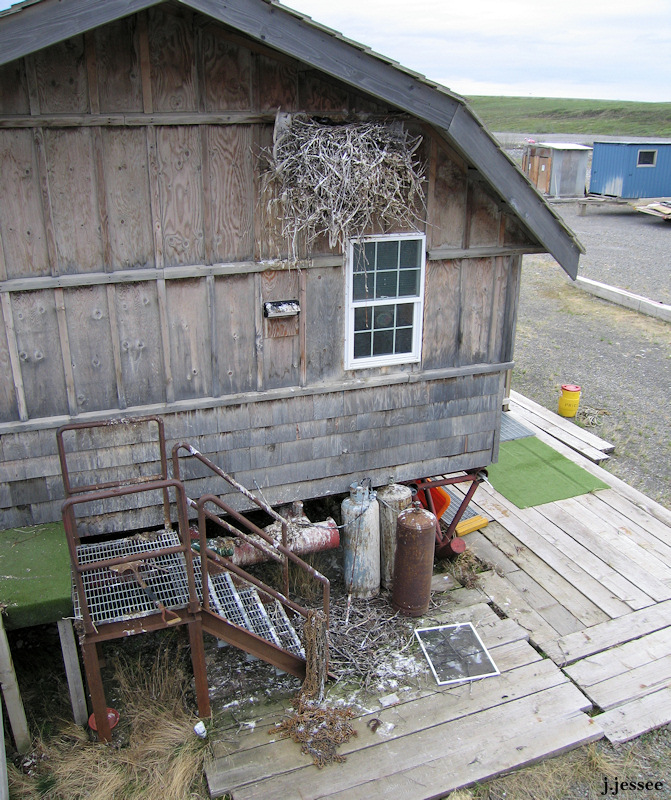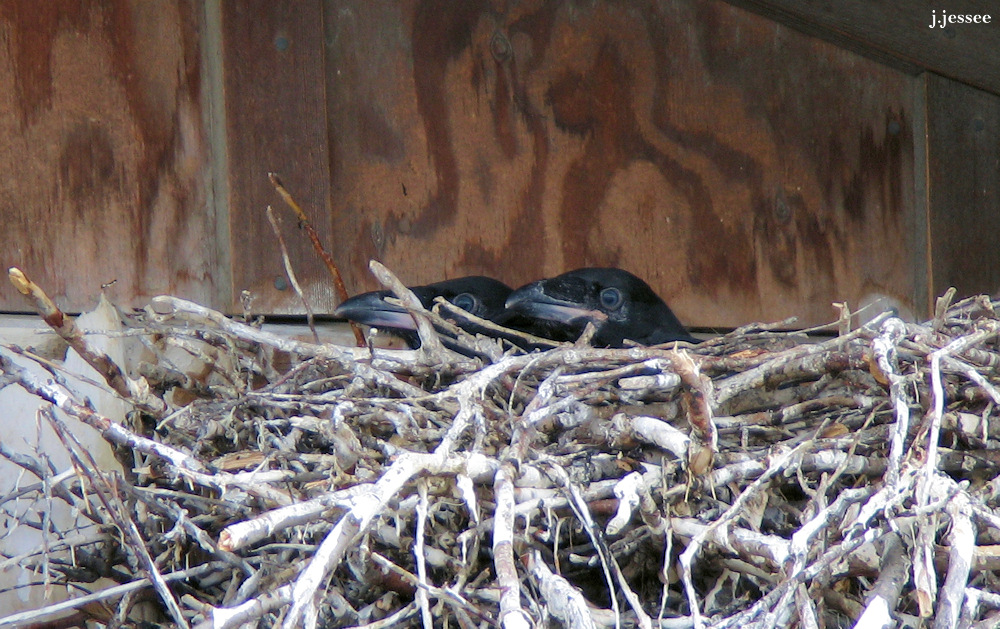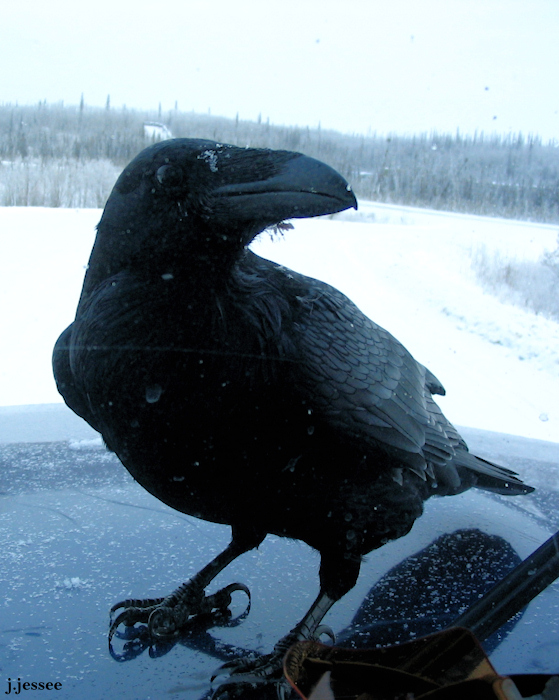We’ve got a bunch of new trucking videos on YouTube. Here’s one with caribou but there’s lots of others. Check them out if you’re interested! (Click on “Watch on YouTube” and the others should come up, or click on our photo to go to our channel)
Category Archives: Wildlife
Two young moose nibble twigs
The Shelf Road of Colorado
If any of you are very familiar with the great state of Colorado you may have heard of the Shelf Road that runs between the towns of Canon City and Cripple Creek (lots of Cs in that part of the world). It’s a mountainous dirt road with steep drop offs, hair-raising corners, and not even a hint of a guard rail on the whole 24 miles.
The Shelf Road is actually part of the Gold Belt Byway, a string of scenic roads in Colorado so called because of the gold mining in the area.
The average person wouldn’t drive this road, but my husband is not your average person. After buying a pick up in Texas and a camper to sit on top of it in Colorado, he chooses to christen our new rig by taking it on the Shelf Road. Let me just say right now, as the person who sat on the side of the ledge, that it was total insanity. It may have been enjoyable in a Jeep or something but as it was, our huge lumbering beast met a small truck and I was so busy white-knuckling it that I forgot to take a photo!
Below are photos of the drive, with some captions that you can see if you click on the image and scroll to the right, and below those are some photos of Cripple Creek and the mountaintop mine nearby.
Our reward for completing the harrowing Shelf Road was getting to Cripple Creek, a town that is clearly proud of their mountaintop removal! Here is a satellite image of the mine and some from the town itself. Hope you get there someday if you haven’t been already.
Caribou & moose herds
This is what it looks like when caribou cross your path on the Dalton Highway (click on the first one and scroll to the right to see them full size):
And here are three moose next to the Welcome to Fairbanks sign on the Parks Highway, taken the day after the caribou but there was no snow in Fairbanks at that time (10 days ago). Jack says this is a bull and his harem. You can barely see the one on the other side of the bushes but Jack says he’s a young bull trying to build a harem. The moose on the right looks to me like a young moose, possibly a calf of the cow. All-about-moose.com says about this topic: “The taiga moose calf will stay within visible proximity whereas with tundra moose calves they will generally avoid the harems the bulls collect. Bulls will tolerate yearlings but for the most part calves avoid the harem group.” We didn’t even know there was a difference between taiga and tundra moose.
Broken windshield, culprit: ptarmigan
Jack’s first grayling
You’d think that someone would start small and work up to a 75 pound salmon but Jack does it the opposite way. When coming to Alaska years ago he caught the huge salmon first and then is working down and crossing the small fish off his list as he goes.
This summer he got his first Arctic Grayling. Six to be exact. We kept the first few and cooked them for dinner, but they were a bit mushy and muddy tasting, at least compared to the beautiful trout we’ve been getting. From now on we’ll catch and release grayling.
Arctic Grayling are actually endangered in the lower 48. In Alaska though they are quite abundant.
Here are some photos from our late summer Steese Highway camping trip and Jack’s first grayling. Click on the first one and scroll to the right for the best viewing. Hope you all had a great summer.
Cow moose with twins…!
Jack and I had an amazing moose experience in Healy a few days ago. Otto Lake is moose haven. We saw at least 6 moose in a 24 hour period. Here is a photo story of a cow moose and her two babies, and her yearling that she is trying to shoo away. Be sure to click on the first one and scroll to the right to see how it all went down.
Lampreys falling from the sky?!?!?
Neither Jack nor I have seen these lampreys (thank goodness) but lately they’ve been found in strange locations like parking lots and front lawns. They spawn at this time of year in the local rivers and Alaska Fish & Game says most likely they are being dropped by seagulls who can’t manage to hold the wiggling creatures. Terrifying, that’s all I have to say about it!
The below photos are from the Alaska Department of Fish & Game’s Facebook page (where they have detailed captions) and you can look that up or get info from this article: http://qz.com/425653/terrifying-vampire-fish-are-raining-down-on-alaskans/
This one explains their life cycle and how the native people harvest them through the ice: http://www.adfg.alaska.gov/index.cfm?adfg=wildlifenews.view_article&articles_id=278
Ravens on the Dalton
Jack and I found the most amazing sight back in 2006 when we pulled into Happy Valley along the Dalton Highway. Happy Valley is a former pipeline camp at about mile 335 that now is a gravel pullout where various storage units are kept. There’s an airstrip that hunters and Fish & Game use, and Jack has seen mushers there too.
A raven built a nest in a set of moose antlers on the side of a building and 2 young ravens were in it!
You can see how much of a mess the raven family has made with guano all over the steps, propane tanks and the side of the building.
The “babies” were absolutely quiet and watchful while I snapped photos and even climbed up on a nearby truck to get on the same level as them. They did not seem traumatized. 🙂
Jack had a close encounter with a very friendly raven a few years ago too.
Don’t worry, I discussed with Jack how it’s not appropriate to feed wild animals and that it might even be against the law! 🙂
They are amazing creatures. So smart!
Elk antlers in a tree trunk
Check out this elk skull and antlers that got engulfed by a tree! The skull is encased by wood completely; the antler tips stick out on either side of the trunk of the tree that grew around it. Jack and I found this display at the Prairie Creek Visitor Center in northern California along the Pacific Coast. Will wonders never cease!?


























































































































